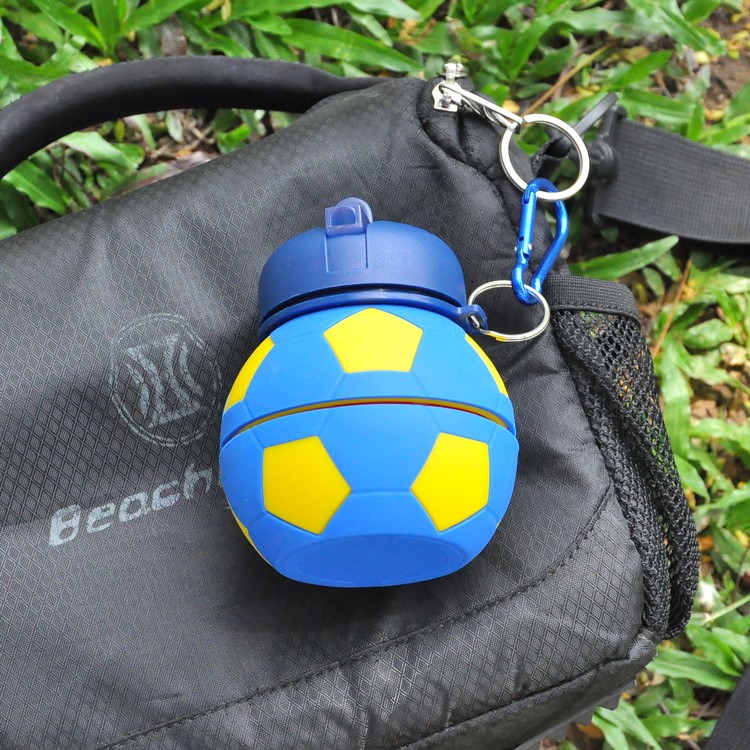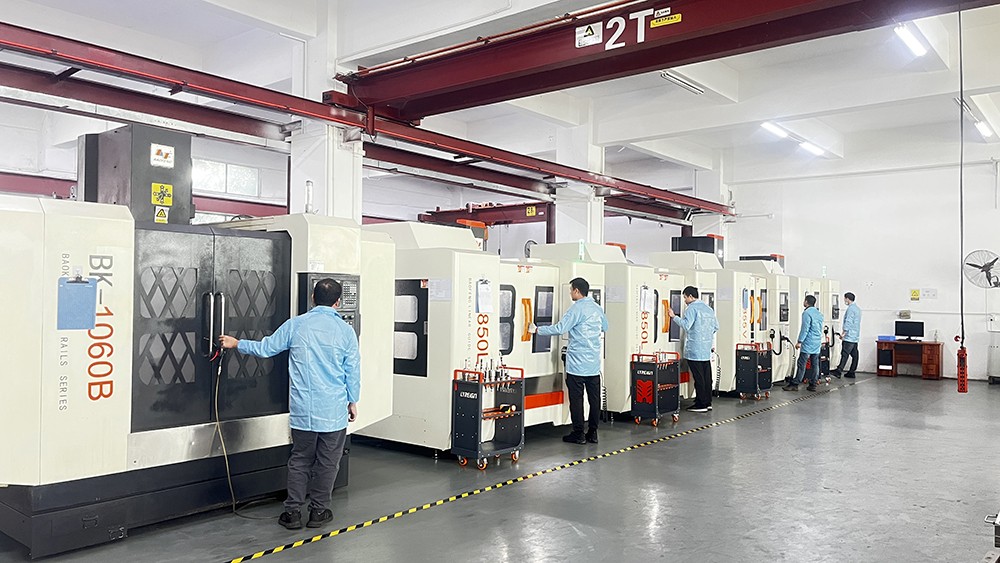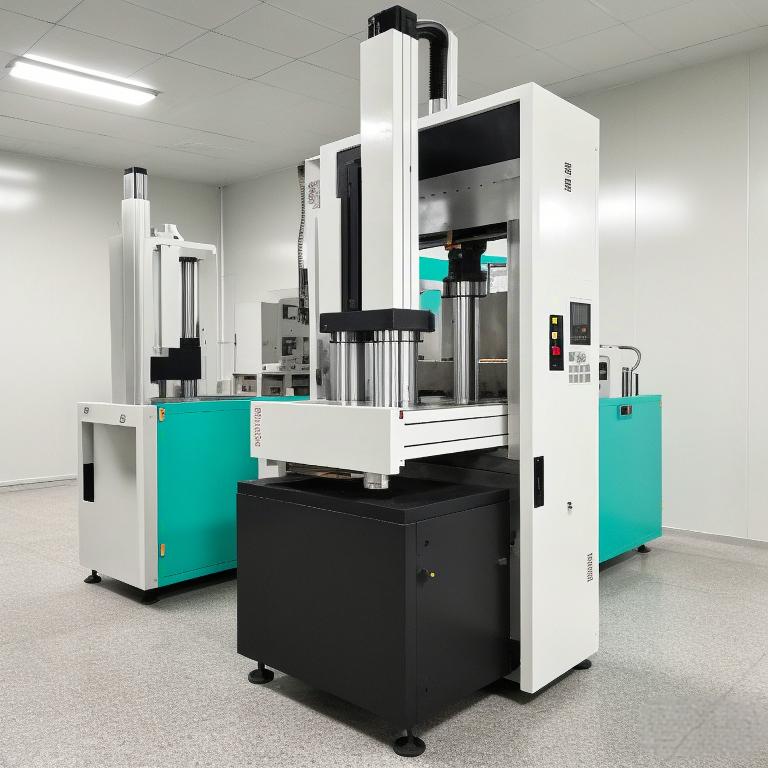콘텐츠
Why Your Customers Need Folding Water Bottles
Imagine trying to stuff a rigid water bottle into an already-packed hiking backpack. This frustration is exactly why collapsible designs have become a game-changer. Unlike traditional bottles that waste precious space, folding versions shrink to a fraction of their size when empty—perfect for travelers squeezing every inch of their carry-on or parents juggling kids’ soccer gear.


The magic lies in food-grade silicone. Not only does it make these bottles lightweight enough for ultralight backpacking (serious hikers will appreciate shaving ounces), but it’s also tasteless and odor-resistant. Want to impress eco-conscious retailers? Highlight certifications like FDA and LFGB that prove safety beyond doubt.
What Makes Today’s Collapsible Bottles Stand Out
Sustainability That Sells With single-use plastic bans spreading globally, buyers crave reusable options that don’t compromise convenience. A well-designed folding drinks bottle becomes a brand’s sustainability ambassador—think of coffee shops selling co-branded 16 oz models instead of disposable cups.
Space Wizardry The real showstopper? A 500ml collapsible water bottle that folds flat enough to slide into a laptop sleeve. For urban commuters, this means no more awkwardly clutching bottles on crowded trains. Outdoor retailers can demo this feature dramatically: film a 32 oz collapsible water bottle shrinking from “tallboy” to hockey puck size.
Customization Goldmine Here’s where bulk buyers win. Unlike generic tumblers, these bottles accept intricate molded logos and Pantone-matched colors. One fitness influencer we worked with ordered bottles shaped like dumbbells—their unboxing videos went viral.
![]()
![]()
Safety Questions Answered: Are Collapsible Bottles Truly Safe?
Let’s address the elephant in the room. When a mom sees a folded bottle, she might wonder: “Will weird creases trap bacteria?” Smart brands preempt this by:
Using seamless molding techniques (no cracks = no gunk buildup)
Including a removable silicone brush with each 500ml collapsible water bottle
Printing care instructions as infographics—visual learners love these
Pro Tip: Create comparison charts showing your bottles’ heat resistance (-60°C to 200°C) against cheaper alternatives. Safety sells, especially to school suppliers and health-conscious brands.
Size Matters: Picking the Perfect Capacity
16 oz collapsible water bottle = The impulse-buy sweet spot
Ideal for: Gym-goers, kids’ lunchboxes, festival merch
Retail hack: Bundle with carabiners as “adventure starter kits”
32 oz collapsible water bottle = The hydration workhorse
Trailhead shops: Pair with water purification tablets
Camping collapsible water bottle pro tip: Add gradient markings to track water consumption
500ml collapsible water bottle = The global traveler
Airport retailers: Emphasize TSA-friendly empty size
Bonus: Some models fit airplane cup holders—a detail frequent flyers adore
Why Outdoorsy Types Are Obsessed
For backpacking collapsible water bottles, durability trumps all. Picture this sales pitch: “Your bottle just survived a 20-mile Yosemite trek. Now it’s squashed under your sleeping bag, silently becoming a pancake. Tomorrow? It’ll pop back to hold your morning coffee—no leaks, no drama.”
Adventure influencers crave such stories. Send them samples with a challenge: “Take this camping collapsible water bottle on your toughest trip.” User-generated content like mud-splattered bottles still working? Pure marketing gold.
The ROI Question: Are They Worth the Investment?
Here’s the wholesale angle: While per-unit cost exceeds disposable bottles, margins improve through:
Repeat purchases: Offer replacement caps/straws
Upselling: 32 oz collapsible water bottle + matching collapsible bowl sets for pet owners
Seasonal packs: “Summer Survival Kits” with sunscreen and bottles
For eco-brands, calculate CO2 savings per bottle—it helps retailers justify premium pricing.
Custom Orders: Where Imagination Meets Manufacturing
The best clients approach us with wild ideas:
A yoga brand wants bottle bases that double as meditation timers
A supermarket chain requesting bottles that match their shopping cart design
Our job? Say “Yes, and…” then engineer it. Deep mold customization isn’t about complexity—it’s about solving unique problems. Recently, we created a 16 oz collapsible water bottle with a built-endurance pill compartment for marathon organizers.


Keeping Bottles Fresh: Maintenance Made Simple
Teach retailers to educate end-users:
Freezer trick: Remove odors by freezing with baking soda
Travel hack: Store folded bottles with a dryer sheet to prevent mustiness
Dishwasher-safe ≠ indestructible—remind users to avoid heating elements
Final Word: More Than a Trend
Folding water bottles aren’t just products—they’re solutions to modern life’s spatial puzzles. For buyers ranging from airport kiosks to eco-influencers, these bottles represent smart, sustainable choices that customers will proudly display (and tag on Instagram). The question isn’t whether to stock them, but how quickly you can innovate.



